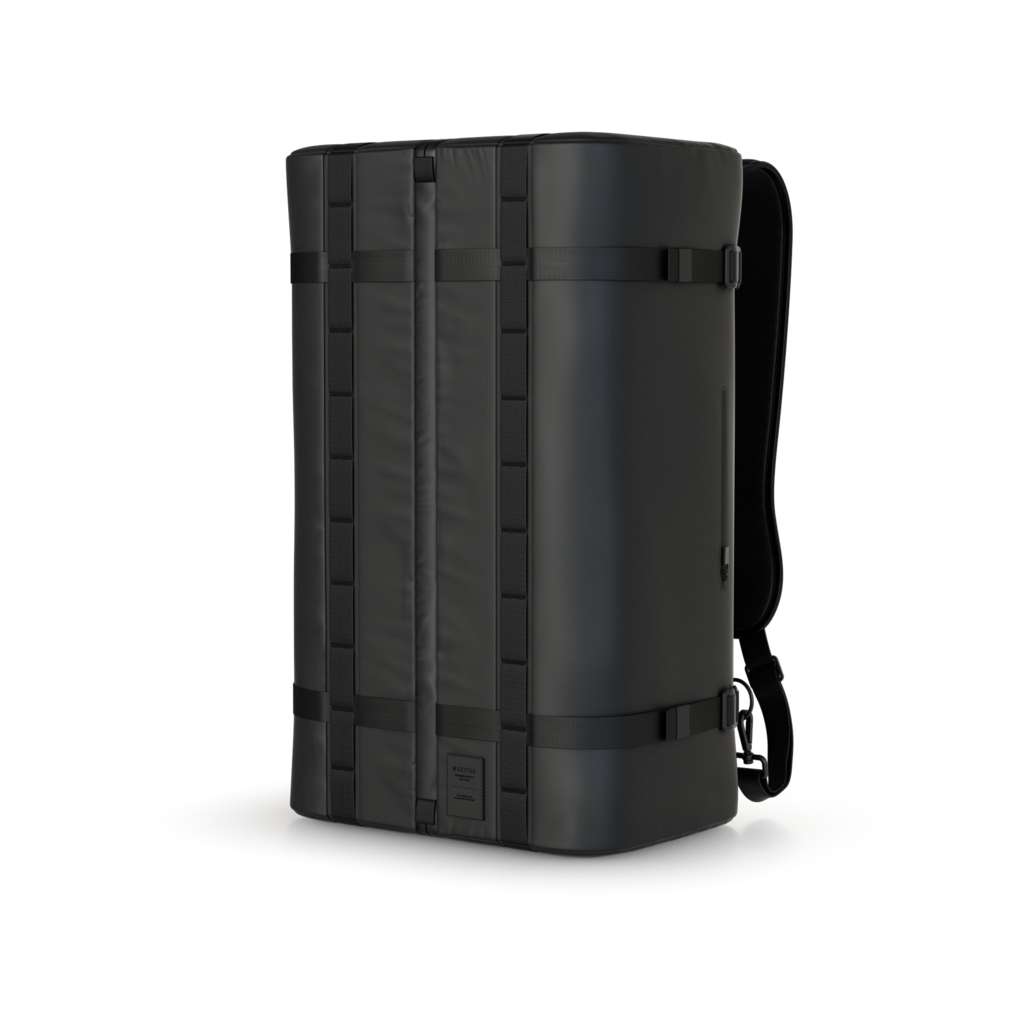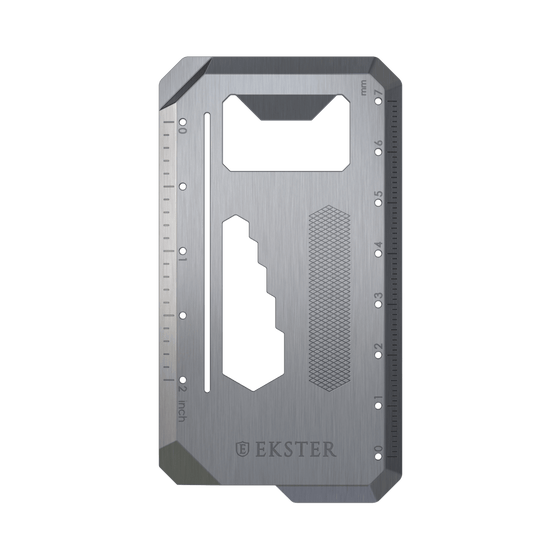Security Wallet: Can It Provide Credit Card Protection?
Picture, if you will, reaching into your pants pocket to grab for your wallet only to realize it isn't there. You start frantically searching and rummaging through all your other pockets, just hoping you simply put it elsewhere, only to eventually realize the truth. You have lost your wallet.

Imagine the disgusting sinking feeling in your gut when you quickly realize that some random stranger may have already gained unwelcome access to your sensitive personal information and your credit cards, allowing them to take much more than just your money. Now, let’s try to imagine this exact same scenario, only your wallet is in your pocket exactly where it always is.
You have absolutely no clue that anything has even occurred. And yet, somehow, someone has still managed to gain access to all the same personal and account information as if they had taken your entire wallet without ever touching your wallet or you. Believe it or not, there is a possibility of this happening to you if your cards, like most modern banking and credit cards, have RFID chip technology embedded into them.
RFID chips serve to make transactions quicker and easier while also not sacrificing security measures within the cards themselves. However, due to the way they communicate with the scanners at checkouts through the use of radio frequencies and electromagnetic fields, any scammer with the proper electromagnetic device can access the chips from several feet away without your knowledge. This could allow them to steal your sensitive information off of your chipped cards, including your name, address, banking account, and credit card info.
But the advancement of technology is widespread across all facets of life. Through ingenuity mixed with innovation, wallet manufacturers have begun making wallets with RFID blocking technology, otherwise known as security wallets. These wallets tend to have a slimmer, more sleek look and feel to them, while also being more sturdy due to their metal frame design.
How effective are these wallets at actually providing the necessary protection to your all too valuable information and financial accounts?
Well, first we’ll take a look into how RFID technology works using built-in radio antennas and the way they communicate with the readers, and then we’ll dive into what it means to provide RFID blocking to the structure of the wallet itself and how it works to keep cards from being read by remote scanners. Then, we can take the gathered information and attempt to reach a pretty fair conclusion as to security wallets and their efficacy.
What Is RFID Technology and How Does it Work?
Radio Frequency Identification, or RFID for short, is a card or paper chipping technology that allows for faster and easier transactions when used with various forms of payment cards. Unlike the older magnetic strip tech, RFID is done without requiring contact with the actual card. With the magnetic strips, a contact sensor had to directly rub across the stripe on the card in order to access the information.
With RFID, this information transfer is done entirely through radio signals between the card’s built-in antenna and the reader device. The cards themselves have no power source but are activated through an electromagnetic field that is given off by the reader to which they will then relay the information stored on the card chip via the same radio frequency.
With older magnetic strip cards, any other magnetic or electromagnetic object with a strong enough field could potentially damage or erase the card in its entirety, which may have happened to you if you’ve ever stored a hotel room key in your wallet next to your credit cards.
But, with the way that the RFID chips operate, they are not going to see damage from the average electronic device or its electromagnetic field, thereby adding an extra level of security to the actual card and the chip itself. They are becoming more common, and given that they are safer and more secure alternatives, they won't be going anywhere anytime soon.
How Does RFID Blocking Work?
With the threat of having your private information stolen while you are completely oblivious to it happening, you can never be guaranteed that it won't be your cards and information stolen next. But, surely, there is some sort of a way to try and combat this most modern form of theft, right?
Fortunately, there is a way you can keep scammers from even being able to reach signals to your cards. It is most commonly referred to as RFID blocking technology, but the actual scientific name for the structure that provides the surface with its impenetrability is a Faraday cage.
A Faraday cage is any device used to conduct and disperse energies like radio frequencies or electromagnetic fields around their surface rather than allowing them to pass through in order to protect an object inside them from being reached.

Sometimes, magicians and circus acts will employ this type of technology in shocking displays, in which they presume to demonstrate a mastery of the elements themselves, by putting someone inside a large metal cage structure that shields them from electric shocks on the outside by dispersing the energy in all directions around the surface, leaving the person inside completely unharmed. Energy waves of all types are naturally prone to take the path of least resistance along their way. So, when the waves come in contact with the surface of the Faraday cage, they are averted in every way around the surface instead of being able to get through to who or whatever is being guarded inside of the cage.
This is how RFID blocking wallets work. They will have a metal structure, either covered in fabric or leather or left uncovered for a tougher and more minimalist look, that acts as a Faraday cage around the cards inside of the wallet and blocks the radio and electromagnetic waves from getting access to them from a nearby remote RFID scanning device. This thereby eliminates the possibility of your cards being remotely accessed without you removing them from inside the wallet.
So, What Is the Verdict? Do They Protect Your Cards?
Given the way security wallets are built and designed with technology to block remote theft of your information, it is a safe bet to say that they definitely do provide a certain level of protection for your RFID chipped cards. And to the inevitable follow up of “Is it worth it?,” again the answer is yes. What else can be said besides a simple yes?
We all work for the money that we have, and no one wants that being taken from them by a scammer. So, there is no greater asset than any level of security and safeguard against this unfortunate type of situation. If your wallet can actively work to protect the all-important cards held within, why wouldn’t you use such a wallet? Don’t let someone access your cards by doing nothing more than walking past when it is so very simple to carry a wallet that can keep that from happening.
But, it is up to you to draw your own final conclusion on the subject. All the blogs, articles, and reviews in the world ultimately only serve to aid in the decision-making process by providing you with the information you need to make a well-informed decision in which wallet you decide is best for you.
Sources:
1.FDA





























